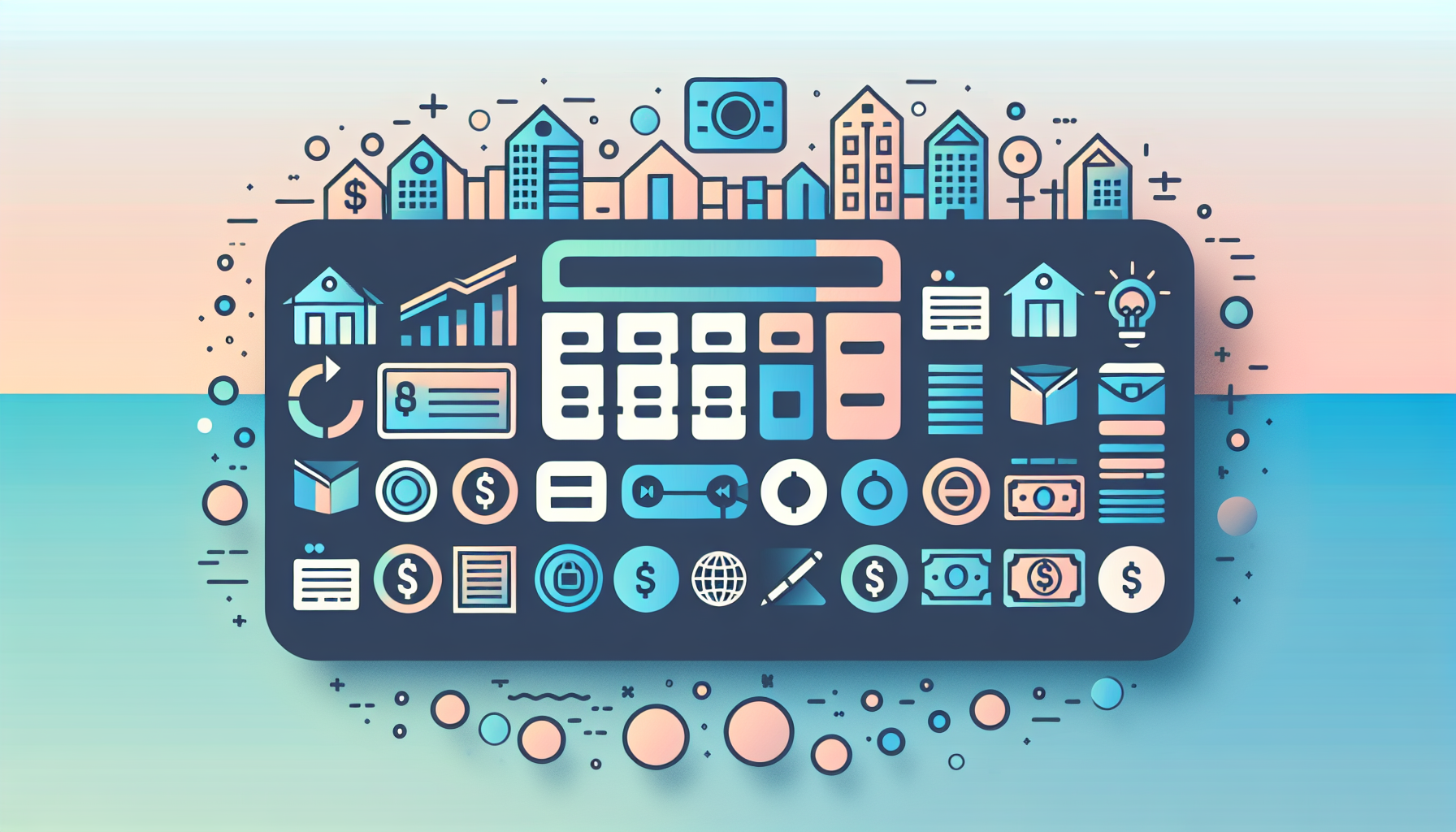How to Qualify for a Mortgage After Bankruptcy

Navigating the Path to Homeownership After Bankruptcy
Declaring bankruptcy can be a daunting experience, but it does not necessarily mean the end of your dreams of homeownership. While the process of qualifying for a mortgage after bankruptcy is more complex, it is certainly possible with the right strategies and patience. Here’s a comprehensive guide to help you understand the waiting periods, credit rebuilding steps, and the types of mortgages you can qualify for.
Understanding the Types of Bankruptcy
Before diving into the specifics of mortgage qualification, it's crucial to understand the two main types of bankruptcy: Chapter 7 and Chapter 13.
- Chapter 7 Bankruptcy: This involves the liquidation of your assets to discharge most or all of your outstanding debt. It is usually approved for those with limited income to repay what they owe. A Chapter 7 bankruptcy stays on your credit report for up to 10 years.
- Chapter 13 Bankruptcy: This involves creating a repayment plan to pay your creditors a percentage of what you owe over a period of three to five years. It stays on your credit report for up to seven years.
Waiting Periods for Mortgage Eligibility
The waiting period before you can apply for a mortgage varies depending on the type of bankruptcy and the type of mortgage you are seeking.
- Conventional Mortgages: For Chapter 7, you typically need to wait four years after the discharge date. For Chapter 13, the waiting period is usually two to four years after the discharge date.
- FHA Loans: The waiting period is significantly shorter. For Chapter 7, you may be eligible after one to two years from the discharge date. For Chapter 13, there is no waiting period after the court dismisses or discharges your bankruptcy.
- VA and USDA Loans: The waiting periods are similar to FHA loans, with one to two years for Chapter 7 and one to three years for Chapter 13.
Rebuilding Your Credit
Rebuilding your credit is a critical step in qualifying for a mortgage after bankruptcy. Here are some actionable steps:
Check Your Credit Reports
Ensure your credit reports are accurate by checking them weekly for free on AnnualCreditReport.com. Dispute any errors you find to improve your credit score.
Use Secured Credit Cards and Credit-Builder Loans
Secured credit cards and credit-builder loans are designed to help you build credit. A secured credit card requires a deposit that becomes your credit limit, while a credit-builder loan involves depositing funds and then taking out a loan that you pay off each month.
Establish an Emergency Fund
Having an emergency fund can help you avoid negative impacts on your credit by ensuring you can handle unexpected expenses without missing payments.
Pay Down Debt and Make Timely Payments
Pay down any remaining debt and ensure all your bills are paid on time. This demonstrates to lenders that you are serious about managing your finances responsibly.
Applying for a Mortgage After Bankruptcy
When applying for a mortgage after bankruptcy, you need to take several steps to increase your chances of approval.
Step 1: Repair Your Credit
Work on rebuilding your credit score. For FHA loans, you can qualify with a credit score as low as 580, or even 500 with a 10% down payment. Use tools like secured credit cards and credit-builder loans to improve your score.
Step 2: Write a Bankruptcy Explanation Letter
A letter of explanation can help lenders understand the circumstances that led to your bankruptcy and the steps you've taken to prevent future financial issues. Include details about your financial changes and how you've improved your financial management.
FHA Back to Work Program
The FHA Back to Work program is an exception to the standard waiting periods. This program allows borrowers who have experienced a significant reduction in income or employment due to economic conditions to qualify for an FHA loan after just one year from the discharge date of a Chapter 7 bankruptcy or the dismissal date of a Chapter 13 bankruptcy. However, you must meet specific criteria, including demonstrating that the bankruptcy was caused by external economic factors and completing a housing counseling program approved by HUD.
Real-World Examples and Case Studies
Let's consider a hypothetical scenario:
- John filed for Chapter 7 bankruptcy three years ago due to unforeseen medical expenses. He has since rebuilt his credit using a secured credit card and has made all his payments on time. John can now apply for an FHA loan, which has a shorter waiting period and lower credit score requirements.
- Jane filed for Chapter 13 bankruptcy and completed her repayment plan two years ago. She has been diligent about paying all her bills on time and has started building an emergency fund. Jane can now apply for a conventional mortgage, although she may face stricter credit score and down payment requirements.
Tools and Resources to Help You
To make the process smoother, consider using tools like the WP Ultimate Loan & Mortgage Calculator to understand your mortgage options and calculate your potential mortgage payments.
Additionally, if you have questions or need personalized advice, you can Contact Us for more information.
Conclusion
Qualifying for a mortgage after bankruptcy requires careful planning, patience, and a commitment to rebuilding your credit. By understanding the waiting periods, using the right credit-building tools, and preparing a comprehensive application package, you can increase your chances of securing a mortgage and achieving your dream of homeownership.
Remember, it's important to stay informed and seek professional advice when needed. For more detailed guides and resources, visit our blog section, where you can find articles on various mortgage-related topics.
With the right approach and the support of tools like the WP Ultimate Loan & Mortgage Calculator, you can navigate the path to homeownership even after bankruptcy.











